JACC panel gives guidance on nuanced care of a very complex disease
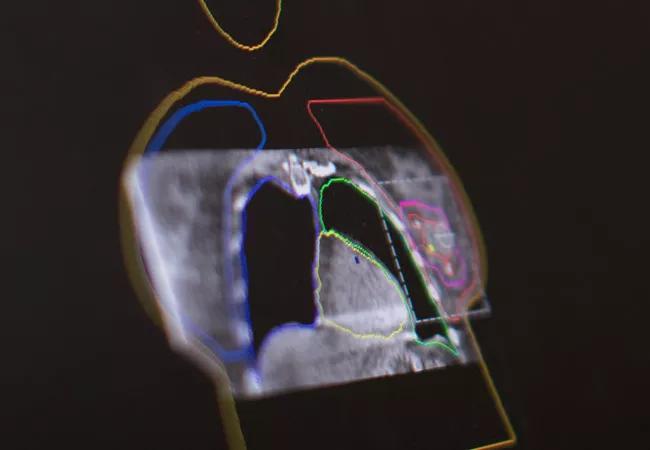
Radiation-associated cardiac disease (RACD) — which typically arises years or decades after a cancer patient undergoes radiation therapy to the chest — should be systematically screened for and monitored, with management delivered by an experienced multidisciplinary team of cardiovascular specialists. So recommends a new review of RACD from an expert scientific panel convened by the Journal of the American College of Cardiology (JACC), which also calls for particularly careful consideration in the timing and planning of cardiovascular surgery or transcatheter intervention in patients with RACD.
Cleveland Clinic is a non-profit academic medical center. Advertising on our site helps support our mission. We do not endorse non-Cleveland Clinic products or services. Policy
The review, which was published online by JACC on Aug. 12, is a consensus effort by an international group of seven experts based on their experience with RACD over the past 20 years. The article covers a description of at-risk groups, clinical manifestations, screening recommendations, and management and surgical considerations.
“Radiation-associated heart disease can have diverse presentations that overlap with other cardiac conditions, and it may arise so long after the radiation exposure that clinicians may not think of it,” says lead and corresponding author Milind Desai, MD, Director of Clinical Operations, Cardiovascular Medicine, at Cleveland Clinic, and one of three physicians from Cleveland Clinic’s Miller Family Heart & Vascular Institute on the expert panel. “But recognizing it is important, as management considerations are paramount to a patient’s quality of life and long-term survival.”
The review drew mostly on available data from patients who received radiation therapy for breast cancer or Hodgkin’s lymphoma, although patients who have received radiation for other cancers in the thorax are also at risk.
Identified factors conferring higher risk include:
The wide range of cardiac complications associated with RACD — as well as pulmonary damage from radiation — make diagnosis particularly challenging, the panel notes. The main cardiac manifestations include the following:
Pulmonary fibrosis is another common consequence of radiation therapy, usually manifesting after many years.
“The possibility of radiation-associated pulmonary disease should be an important consideration when contemplating cardiac surgery for RACD,” says Dr. Desai, who is also Professor of Medicine at Cleveland Clinic Lerner College of Medicine. “Pulmonary complications are a major source of perioperative morbidity and mortality.”
The review recommends the following surveillance strategy for patients who have a history of chest radiation therapy:
Specialized imaging plays a role to better evaluate RACD and for preoperative assessment and planning. It should be assumed that patients suffered radiation injury to the aorta, ventricles, pericardium, lungs and chest wall. Tests to consider include:
“Significant radiation exposure is a critical risk factor that does not show up on standard preoperative risk stratification scores,” notes cardiologist Patrick Collier, MD, PhD, who is Co-Director of Cleveland Clinic’s Cardio-Oncology Center but was not involved in this expert review. “For truly informed consent, these patients require more detailed preoperative testing to better assess comorbidity, procedural risk and optimal treatment strategies.”
The review provides specific management guidance, starting with the recommendation that patients be managed by an experienced team of cardiologists, imaging specialists, interventionalists and cardiothoracic surgeons.
Medical therapy should follow standard guidelines, as no RACD-specific therapies have been identified and validated. However, most patients with significant symptoms eventually require invasive therapies.
The authors recommend that surgery generally be delayed to later in the disease course than would be the case in the absence of prior radiation therapy. Radiation injury to the lungs and pleura with resultant lymphatic dysfunction makes patients susceptible to intrathoracic fluid retention after surgery, significantly hampering recovery and diminishing long-term quality of life. Avoiding redo surgery should be a paramount consideration, and all issues — such as replacing multiple valves — should be taken care of during the first operation if at all possible.
Thorough and systematic preoperative planning is critical, as is flexibility in dealing with unexpected reconstruction problems, the authors note. They specifically recommend an aggressive approach to double-valve replacement because of the tendency of RACD patients to have extensive calcification and a small aortic root and mitral annulus. Because radiation-damaged valve tissue tends to thicken and scar over time, replacement is preferred over repair, particularly for the mitral valve.
Surgery for RACD often involves resection of extensive calcium and reconstruction of multiple areas of the heart, including the aorta and the annuli of the mitral and aortic valves, the review states. “Our team’s experience with other complex multivalve surgery, in the setting of reoperation or endocarditis, has been essential to success in patients with RACD,” notes Dr. Desai.
For RACD patients with CAD as the primary manifestation, percutaneous coronary intervention is usually preferred unless concomitant valvular disease can be addressed simultaneously with surgery.
Regarding transcatheter aortic valve replacement (TAVR), aortic valve disease more frequently involves extensive calcification of the valves and blood vessels, as well as severe conduction abnormalities, posing potential complications. With extensive planning, TAVR is still the preferred strategy for severe isolated aortic stenosis in this setting, particularly if transfemoral access can be safely employed.
“Careful evaluation of other valvular lesions needs to be undertaken, and if there is evidence of advanced multivalvular disease (with or without concomitant CAD), surgery might be the preferred option,” says Dr. Desai. “In terms of transcatheter mitral valve therapies, there needs to be further evolution before their routine clinical implementation.”
The article identified a number of postoperative problems that tend to occur in this population:
The authors point out that improvements in radiotherapy protocols over the years means that patients currently undergoing radiation therapy are expected to be at less risk for RACD in the future.
“The oncology community has made considerable progress in minimizing unwanted exposures,” says Brian Griffin, MD, another review co-author and Cleveland Clinic’s Section Head of Cardiovascular Imaging. “But efforts in this arena are still a priority, as there remain significant practice variations in radiation delivery and many questions are yet unanswered.”
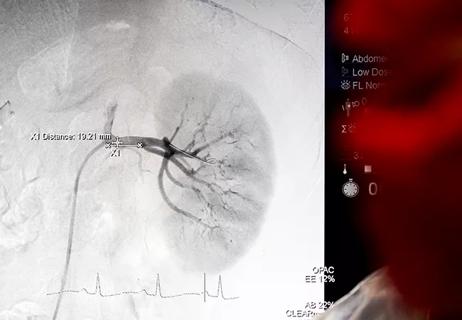
General principles for use of the long-awaited new therapy approach

ACC panel issues call to action to achieve CV health equity in an underserved population
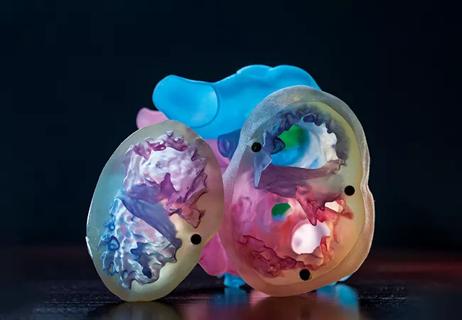
Get a glimpse of the facilities and technologies used by the nation’s top-ranked heart program
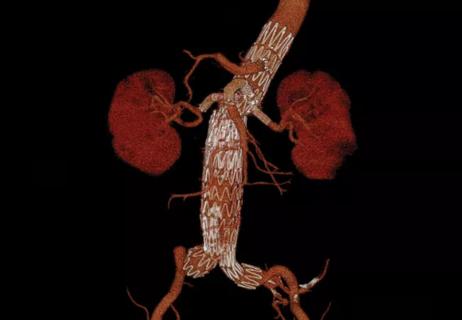
EVAR pioneer Dr. Juan Parodi surveys the past and future of a revolutionary procedure
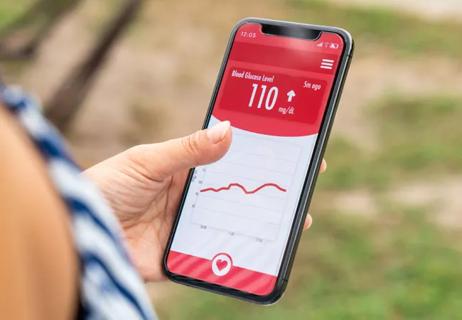
Latest systems combine continuous glucose monitoring with automatic basal insulin delivery

Common congenital lesion is not always benign
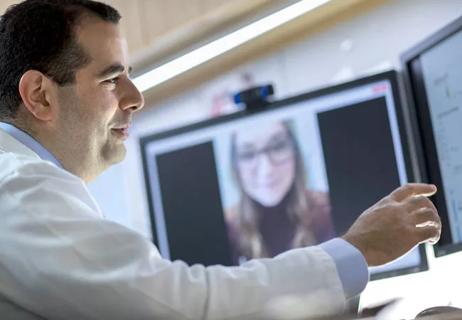
New study yields pre-pandemic insights for the post-pandemic landscape
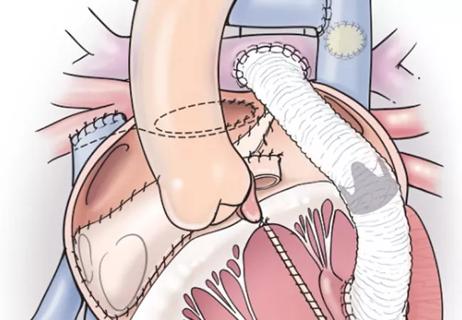
Series of five patients successfully treated with ‘ventricular switch’